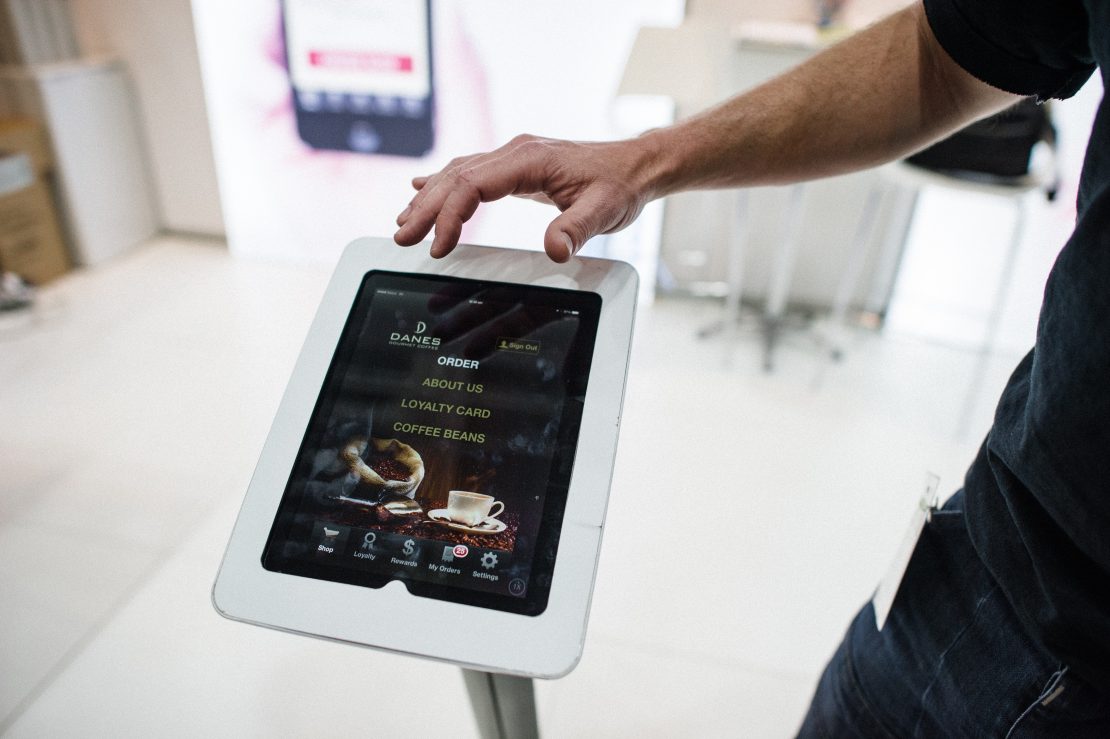Hot New Trends to Look Out For
Keeping ahead of the curve in the foodservice industry involves looking to the innovators in the US and beyond. What are the hot trends likely to make a move to Australia in the coming months?
Written by Sarah Rees, foodService Magazine
Guest-facing technology
Restaurants are beginning to invest in tablets, allowing guests to order from (and play games at) the table. This speeds the process of service and reduces interactions between wait staff and customer. Look out for wearable devices such as Google Glass, which comes equipped with face-recognition software to ensure the waiter never fails to greet a guest personally.
Book and pay on the mobile
Mobiles are getting mightier as restaurants facilitate reserving a table and ordering food from mobile devices. In some establishments, guests are encouraged (or required) to pay for their meal in advance in a bid to reduce the impact of no-shows.
Foods trends
Knobbly root vegetables are sweeping back into popularity (think parsnips and celeriac), while seaweed is being taken beyond sushi as chefs wise up to its umami hit. The interest in reducing sugar is spawning a range of vegetable-based yoghurts and ice creams, as well as more savoury desserts. In the nut world, pistachios are the rising star, while the fervour for fermenting food and drinks will continue.
Drinking in the past
Drink lists are increasingly showcasing more historical beverages, with bars adding classic shareable punches to their menus and celebrating long-forgotten herbal liqueurs. Notably, whisky is beginning to catch up with vodka’s lead in the spirit market, aided by the rise in flavoured whiskies.
Non-restaurants stealing customers
Beware of other industries looking to encroach on the restaurant space: fashion stores are starting to integrate coffee shops into their spaces while Google and Amazon plan to add food delivery services to their already-large range of offerings.
Neurogastronomy
The understanding that all our senses react to food is an established fact, but expect venues to start optimising on the whole-sense experience. Coloured china, sound-matching and shape are some of the approaches being explored to take things to a new level.
Clashing flavours
Inspired by the unusual taste combinations that come out of Asian countries such as Japan, chefs are likely to be clashing sweet-salty-spicy flavours to create seriously unusual dishes appealing to those in need of more stimulation in their food.
Between categories
More venues are looking to hit two categories – bar and restaurant – to double potential profit streams and attract a broader range of customer. Quality in both areas is hard to pull off and customers are still adjusting to drinking and dining in one venue, but the tide is starting to turn.
Less-fine dining
Once skills have been gained in the highly-pressurised fine dining environment, chefs are taking a step back, setting up venues that offer ‘fine dining’ quality food without the frills and the formality. Customers are embracing the chance to eat extraordinary food in a more casual setting, not to mention the slightly lower price tag that usually accompanies it.
Information from international food and restaurant consultants Baum+Whiteman.
-
Stay up to date with the latest news, industry insights and Fine Food Australia updates.
- Subscribe
